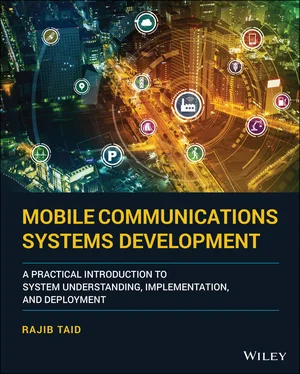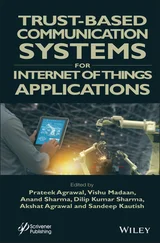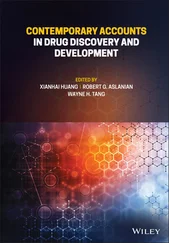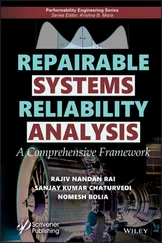Source: © 2014. 3GPP ™ TSs and TRs are the property of ARIB, ATIS, CCSA, ETSI, TSDSI, TTA and TTC who jointly own the copyright in them. © 2014, 3GPP.
3.5 Protocol Layer Termination
The extent and working of a particular protocol layer can be further understood from the protocol layer termination point of view. The general working model of a protocol layer consists of functions and procedures that it requires to perform to facilitate the various services to be offered to the higher layer, as described later in Section 3.8.
Protocol layer termination refers to the making available of the various services by the concerned protocol layer to its adjacent layers at the same time facilitating a peer‐to‐peer communication between two network elements over a logical interface. To understand a protocol layer termination, start from the UE/MS end and proceed toward the radio access or CN. A protocol layer terminates at the destination or peer network element or domain. Find and look at the corresponding network element containing the terminated protocol layer. Next, look at its position, e.g. Layer #2, Layer #3, and so on, within the protocol layers’ organization supported by the concerned network element. The protocol stack and its particular layer termination also identify the network elements that exchange various messages using the concerned layer protocol specification. For example, as mentioned in Section 3.3, the AS protocols terminate at the UMTS UTRAN or LTE E‐UTRAN or 5G NG‐RAN, whereas the NAS protocols terminate at the respective CN end. For more examples of protocol layer terminations, refer to TS 25.301 [49].
Recall the protocol layering principles of the OSI 7 protocol reference model, having a single protocol at each of the individual Layers #1–7. In the case of a mobile communications system protocol architecture, a particular protocol layer may contain sublayers also, performing its functions and procedures. For example, consider the air Interface Layer 3 protocol stack. The GSM Layer #3, i.e. the network layer in terms of the OSI reference model, has three sublayers, as mentioned below:
CM
MM
Radio Resources Control and Management (RR)
Similarly, the UMTS and LTE system air interface protocol stack, Layer #2, i.e. the data link layer in terms of the OSI reference model, has three sublayers, as mentioned below:
Packet Data Convergence Protocol (PDCP)
RLC
MAC
In the case of the GPRS/Enhanced Data for Global Evolution (EDGE) system protocol stack also, Layer #2, i.e. the data link layer in terms of OSI reference model, has three sublayers, as mentioned below:
Logical Link Control (LLC)
RLC
MAC
The different protocol sublayers mentioned above are illustrated in Figure 3.15.
Note that in the case of UMTS and LTE systems, sublayers of a protocol layer may spread across the AS as well as NAS groups of protocols. For example, consider the UMTS and LTE air interface Layer 3 protocol and its sublayers. Here, the RRC is the Layer 3 protocol that terminates at the UTRAN or E‐UTRAN, but it is placed as part of the AS group of protocols. On the other hand, the sublayers of LTE/EPS or GPRS SM, MM, and CM are part of the NAS group of protocols that terminates at the CN, i.e. GPRS SGSN or LTE/EPC MME. Further, as illustrated, the 5G New Radio (NR) Layer 2 contains a new sublayer called the Service Data Adaptation Protocol ( SDAP ) .
A particular protocol layer communicates and exchanges information in its defined format only between two network elements. A network element could be the mobile station, BTS, BSC, MSC, SGSN, eNodeB, MME, S‐GW, 5G core UPF, and so on. The communications between the protocol layers of two network elements may be direct and point to point, or it may be routed through another network element that may work on different protocol stacks. If the communication is not through a direct path, then the original message sent by the sender needs to be forwarded by an intermediate network element to the destination network element using protocol conversion. This is illustrated, in general, in Figure 3.16.

Figure 3.15 Illustration: air interface sublayers: GSM, GPRS, UMTS, LTE, and 5G.
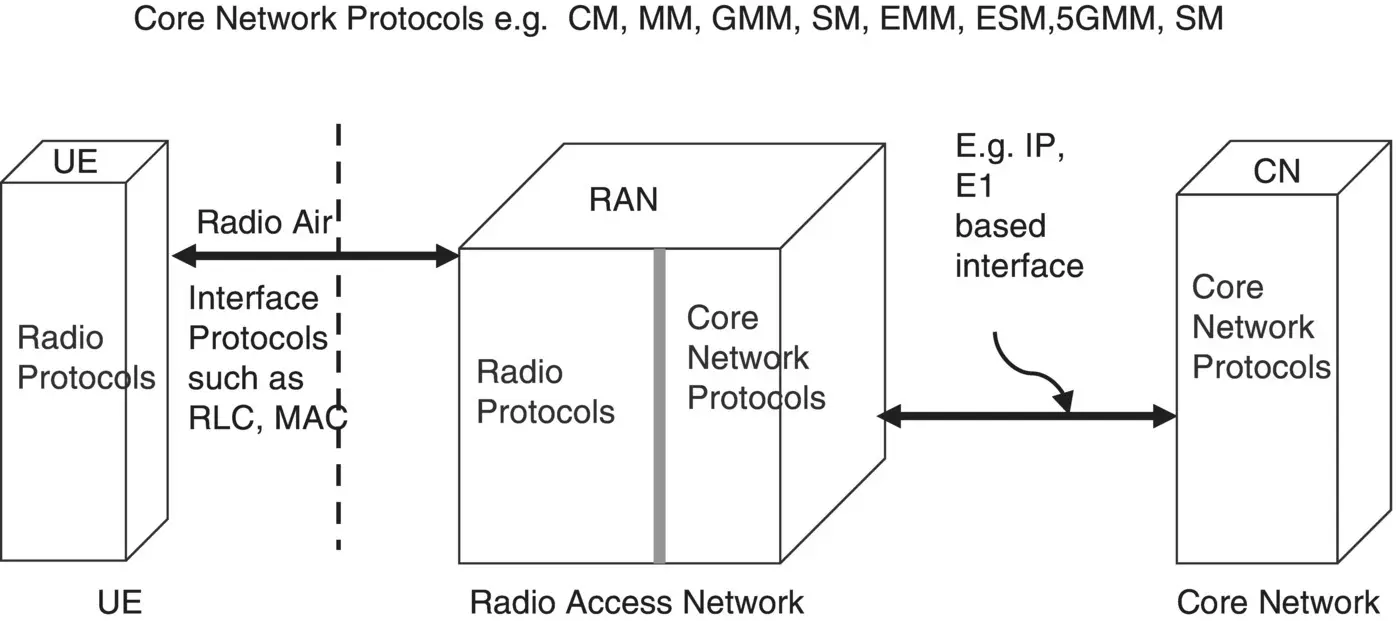
Figure 3.16 Illustration: protocol information conversions in a cellular system.
In Figure 3.16, consider that a user wants to access the Internet (e.g. www, FTP, ping, and so on) through the GPRS or LTE/EPS network. The UE will send the user's request to the RAN using RLC/MAC protocol across the air interface. The RAN will collect the RLC/MAC layer block, in the case of GPRS, or RLC layer PDU, in the case of LTE. The RAN will format the RLC/MAC layer information into an appropriate protocol layer format of the concerned CN logical interface, for example, GPRS Gb interface Frame Relay format for SGSN, or LTE/EPS S1‐U format, and forward it to the SGSN or S‐GW. As an analogy with a traditional IP network/Internet, in a mobile communication network also, the user data or signaling data packets pass through different protocol layers and intermediate devices between a source and destination.
3.8 Working Model of a 3GPP Protocol Layer: Services and Functions
A mobile communications network consists of several protocol stacks and layers designed to exchange information between the adjacent layers or between two peer network elements either directly or transparently through another network element. The general working model of a protocol layer consists of various services it offers to its higher layer or services it expects from the layer below it. The protocol layer working model also consists of collections of signaling procedures and functions. These functions are the building blocks of a particular protocol layer to transfer information accurately and error‐free as expected by the peer layer. This working model of a protocol layer is illustrated graphically in Figure 3.17where a protocol layer N provides services to the layer N + 1 and also uses the services from the layer N − 1.
Example 3.11describes the LTE/E‐UTRAN RLC layer with respect to its working principle.
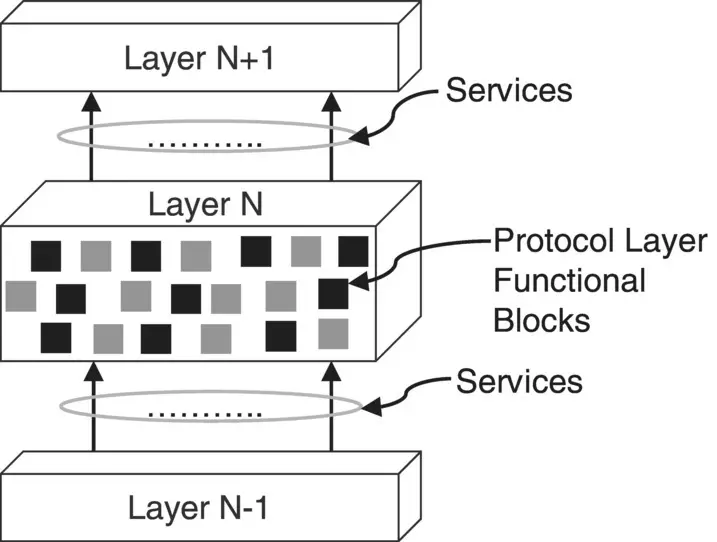
Figure 3.17 Illustration: A working model of protocol layer.
Example 3.11Functions of LTE Air Interface RLC Layer
Consider the LTE air interface Layer 2 RLC protocol layer operating between the UE and the E‐UTRAN. The RLC layer provides services for transferring higher‐layer information in acknowledged (AM), unacknowledged (UM), or TM. To ensure an error‐free transmission and availability of the transmitted information accurately at the destination RLC protocol layer, the transmitting RLC layer performs several important functions such as segmentation, resegmentation, retransmissions, ciphering, padding, and so on. On the other hand, the receiving RLC layer also performs functions such as reassembly and duplicate detection on the received information before it is passed to the next higher layer.
Читать дальше
